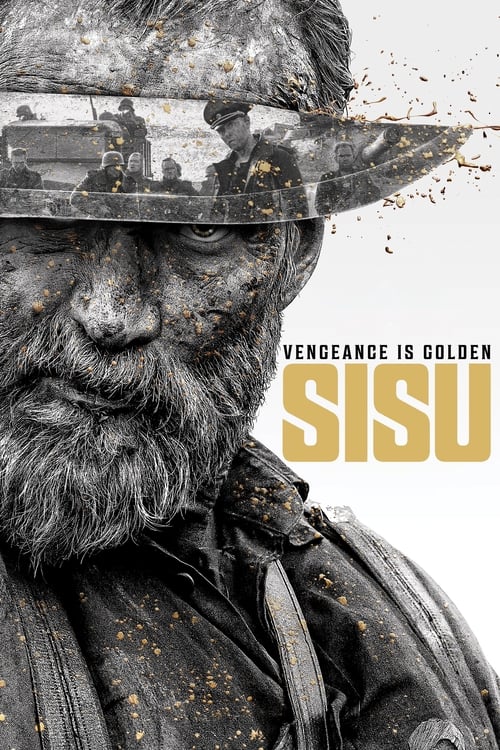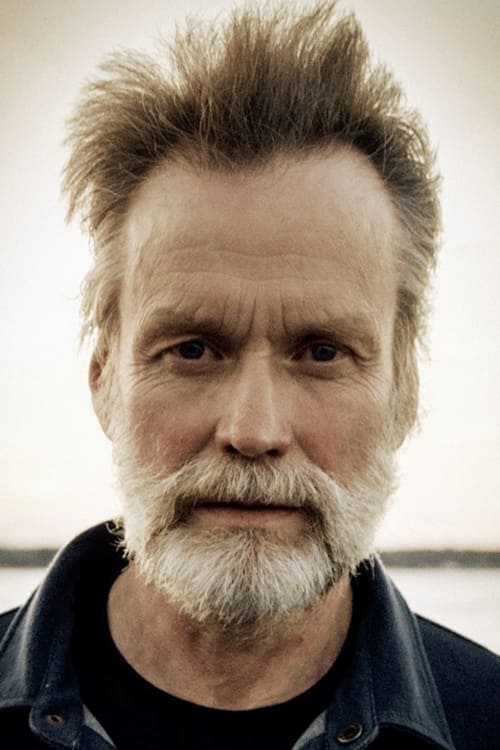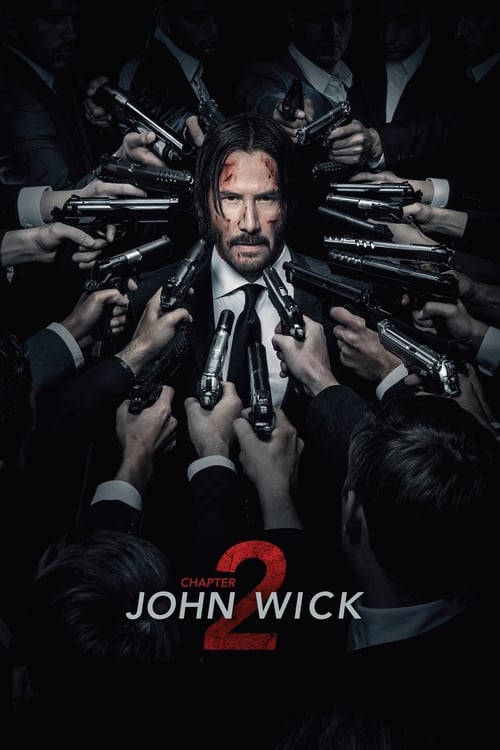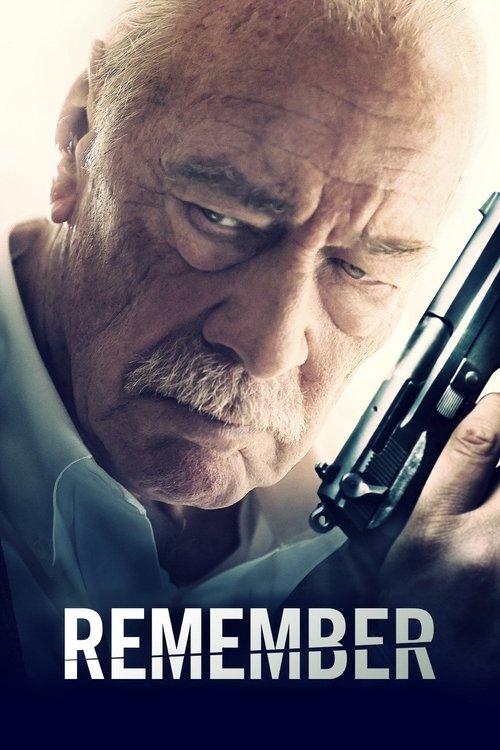
Sisu
When an ex-soldier who discovers gold in the Lapland wilderness tries to take the loot into the city, German soldiers led by a brutal SS officer battle him.
Quotes from Movie Sisu
Sound Tracks from Sisu by Tuomas Kantelinen
Sisu
Sisu by Jasper Pääkkönen, Main theme during key action sequences
Hunt
Hunt by Lauri Nuurinen, Played during a pivotal chase scene
Download App
Memorable Scenes from Movie Sisu
The Discovery of the Gold
As the story unfolds in the frozen Finnish wilderness after World War II, the main character, Aatami, stumbles upon a cache of gold hidden beneath the ice. The moment is filled with tension; it serves as a turning point for Aatami, who has been through unimaginable hardship. As he gazes down at the glinting gold, a spark of hope ignites in his weary heart. This moment sets the premise for the conflict to come as Aatami decides to reclaim his birthright. The warmer colors in the shot contrast with the icy environment, signifying a flicker of life in Aatami's dreary existence.
Context: Aatami is a former soldier scarred by war, living a lonely life. Finding the gold symbolizes a chance to rebuild his life, making the stakes immediately personal.
Enemies from the Past
The pivotal moment occurs when Aatami’s gold hunt is interrupted by a group of German soldiers led by a ruthless commander. The tension escalates quickly as they realize Aatami has something they want. The moment culminates when the commander, underestimating Aatami's ferocity, confronts him, declaring they’ll take the gold for themselves. The visuals are intense and grim; the cold landscape reflects the brutality of their intentions.
Context: The Germans symbolize the lingering scars of war, and their pursuit of Aatami’s gold drives the plot forward. The stakes are raised, challenging Aatami's survival instincts.
The Fight for Survival
As the soldiers close in on him, Aatami transforms from a passive victim to a fierce protector of what is rightfully his. He fights back with a mix of raw talent and desperation. The choreography of his hand-to-hand combat is beautifully brutal, showing his skill and determination. This shift in character showcases his inner strength and unyielding will to survive.
Context: This moment underlines the theme of resilience against adversity. Aatami's fight is not just for gold; it’s a battle for his dignity and existence.
The Hidden Past Revealed
In a quiet moment, Aatami encounters a fellow Finnish woman who has suffered at the hands of the same soldiers. They share their stories. The emotional weight of her words hit hard, revealing the depth of pain inflicted by war. This exchange is subtle but profoundly impacts Aatami's motivation to keep fighting, not just for himself but for the people he cares about.
Context: This moment connects deeply to the film's anti-war theme, showcasing the personal side of wartime brutality and its long-lasting effects on innocent lives.
Aatami’s Moment of Choice
In a critical decision, Aatami finds himself at a crossroads where he must choose between escaping with the gold or risking everything to save a captured villager. The tension is palpable as he weighs his options. The dialogue here is minimal, yet the expressions on Aatami’s face convey his internal struggle. This moment solidifies his character arc from a solitary survivor to a hero who values community.
Context: Aatami’s choice reflects the overarching theme of sacrifice and the importance of human connection amidst chaos.
The Final Showdown
The climax unfolds in a fiery onslaught as Aatami faces off against the commander and his remaining men. It’s a visually stunning sequence filled with explosions and visceral combat. As Aatami turns the tide, refusing to back down, the emotional impact is electrifying. The slow-motion shots highlight both the beauty and brutality of the struggle, emphasizing that this is about more than just survival.
Context: This showdown embodies the culmination of Aatami’s journey, encapsulating themes of vengeance and justice against oppression.
Bittersweet Victory
In the aftermath of the battle, Aatami stands alone among the wreckage, clutching the gold. While it should be a moment of triumph, there’s a heavy somberness as he reflects on the sacrifices made. The cinematography captures the weight of his loneliness, mixing triumph with loss. He has won the battle but at what cost?
Context: This moment deepens the film's exploration of victory and loss, highlighting the complexities of human emotions in the wake of conflict.
The Return to Silence
In the closing scenes, Aatami walks away from the chaos, his silhouette against the desolate landscape. The silence is deafening, underscoring the solitude that remains. His journey has transformed him, yet he walks alone. The haunting score lingers, echoing the emptiness of a victory that can’t heal his wounds.
Context: This ending reinforces the film's meditations on the scars of war and the individual price of perseverance.
The Bond Forged in Fire
Aatami reluctantly forms an alliance with a local outcast, and their shared moments create a unexpected friendship filled with humor and understanding. The pivotal moment arrives when they save each other from danger, realizing that they are stronger together. Their banter is light-hearted against the backdrop of impending danger, highlighting their disparate worlds colliding.
Context: This bond introduces a thread of companionship in a narrative filled with misery, serving as a reminder of the unexpected connections forged in darkness.
The Heartbreaking Loss
Aatami suffers the loss of a close ally during a tense encounter with the Germans. The grief hits hard as he cradles his friend in his arms. The cinematography shifts to darker hues, reflecting Aatami’s sorrow. The scene becomes a pivotal moment of realization for Aatami; the fight has deeper stakes than mere survival.
Context: This loss brings to light themes of loyalty and the cost of friendship, reminding audiences of the personal toll of conflict.
The Moment of Reckoning
Aatami confronts the commander, the embodiment of his torment. The dialogue is sharp, filled with resentment. As the tension peaks, Aatami’s resolution to end the cycle of violence becomes clear. The emotional high point is mesmerizing as the audience feels his struggle against overwhelming odds.
Context: This confrontation epitomizes personal redemption, showing how one person can stand against evil, making it a focal moment in Aatami's character evolution.
The Comradeship of Survival
Earlier in the film, Aatami briefly remembers his past comrades, and in flashbacks, we witness their camaraderie and shared hopes. In one heartwarming moment, they laugh over a campfire, creating a stark contrast to the bleak present. This flashback serves both as a reminder of better times and the cost of their bonds.
Context: This scene sets up the emotional layers of Aatami's character, showcasing what was lost due to the horrors of war.
The Descent into Darkness
In a chilling sequence, Aatami watches helplessly as the soldiers terrorize his village. The camera captures the fear in the villagers' eyes, contrasting with Aatami’s growing rage. The visuals are raw and emotional as Aatami’s motivation to protect his people intensifies.
Context: This moment drives home the urgency of Aatami’s quest, showing how personal stakes are deeply tied to the community's safety.
The Symbol of Resistance
Aatami finds a long-lost family heirloom while digging. It's a knife handed down through generations. As he holds it, memories flood back, and he is reminded of his roots and the resilience of his ancestors. The ambient soundtrack swells, emphasizing his newfound determination.
Context: The heirloom symbolizes hope and the enduring spirit of resistance, reinforcing why Aatami must fight for his legacy.
The Final Realization
As Aatami stands over a pile of defeated soldiers, he is flooded with mixed emotions—anger, sorrow, and relief. He comes to terms with the cycle of violence that perpetuates, questioning whether his actions will truly lead to peace. The intense close-up shots capture the rawness of his feelings, leaving the audience questioning the nature of revenge.
Context: This moment ties back to the film’s central themes of vengeance versus justice, making Aatami’s journey profoundly reflective.
The Call to Action
Early in the film, Aatami hears stories of the Germans' atrocities from local villagers. This revelation serves as a catalyst that pushes him out of his isolation. The moment is characterized by direct and impactful dialogue, motivating Aatami to take a stand.
Context: These stories foreground Aatami's transformation, establishing the urgency and gravity of his quest.
The Relentless Pursuit
Aatami is chased through the snow-covered forest by the soldiers, creating a frantic and visceral sense of urgency. The cinematography showcases the stark beauty of the landscape, juxtaposed with the desperate fight for survival. The adrenaline-filled moment captures Aatami’s clever tactics as he eludes his pursuers.
Context: This chase scene highlights Aatami’s resourcefulness and determination, showcasing how he adapts and fights back against oppressive forces.
The Hearth of Defiance
As Aatami and his new ally plot against the Germans, they share a moment of strategy and resolve, with a flicker of a candle illuminating their faces. It’s a small moment, but it symbolizes hope and the strength found in unity. The dialogue reveals their motivations and fears, making the scene deeply relatable.
Context: This scene reinforces the theme of community and the collective fight against tyranny in the face of despair.
The Embrace of Anguish
After a close encounter with danger, Aatami finds refuge hiding in an abandoned safe house. The silence is palpable as he covers his face in despair. The cinematography shifts to darker tones, mirroring his emotional state, evoking a sense of isolation and hopelessness. It's a moment of vulnerability that contrasts with his hardened exterior.
Context: This scene humanizes Aatami, reminding viewers of the emotional turmoil that accompanies the fight for survival.
The Voice of a Fallen Hero
In one poignant moment, Aatami discovers the body of a fallen comrade. As he reflects, a haunting flashback to their last conversation plays out, filled with shared dreams and hopes. The tears streaming down Aatami's face signify both loss and resolve, prompting him to fight for his friend's memory, bringing forth a raw emotional connection.
Context: This moment underscores themes of loyalty, loss, and the stakes involved in Aatami's quest.
The Cost of War
As Aatami surveys the battlefield after the last confrontation, he comes across casualties and destruction. Instead of celebrating his victory, he kneels down, looking at the lifeless bodies. The emotional gravity of this shot reminds viewers of the deadly costs of war—echoing the film's anti-war sentiments. The scene ends with a close-up of Aatami's face that captures his grief.
Context: This scene deepens the film's exploration of the toll of violence, creating a somber reflection on the consequences of conflict.
The Light of Hope
The film ends on a reflective note, with Aatami looking out at the sunrise over the frozen landscape. There’s a hopeful glimmer despite the struggles he has faced. The warm colors of the sunrise signify a new beginning, hinting that all is not lost. Aatami’s expression embodies resilience, offering a glimmer of hope amidst darkness.
Context: This closing scene emphasizes themes of survival and rebirth, leaving the audience with a sense of closure and possibility.
Download App






